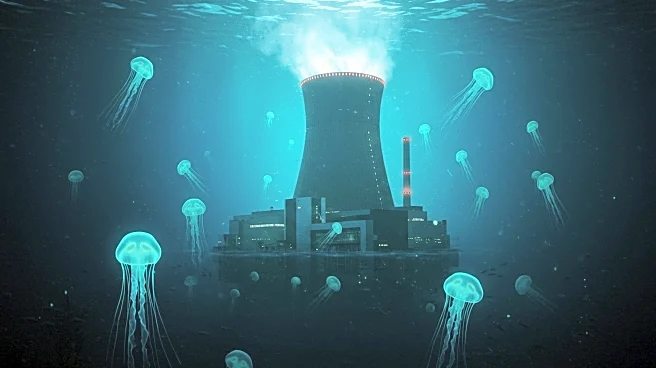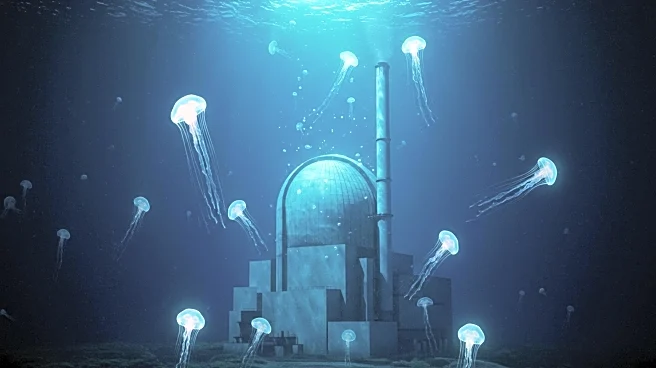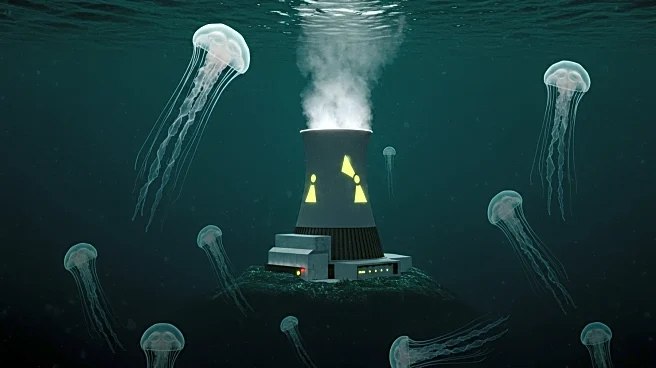Rapid Read • 8 min read
A recent study has explored the encapsulation of sunscreen agents within cucurbit[7]uril (CB[7]), a host molecule, to address environmental concerns related to aquatic pollution. Sunscreen compounds, which are lipophilic, often enter aquatic ecosystems through recreational activities and wastewater systems, leading to potential ecological disruptions. The study focused on six common sunscreen agents, including benzophenone and dioxybenzone, encapsulated within CB[7] to form stable host-guest complexes. The interaction energies between the host and guest molecules were analyzed, revealing significant stabilization within the CB[7] cavity. The encapsulation process aims to mitigate the harmful effects of these compounds on marine life by reducing their free presence in water bodies.
AD
The encapsulation of sunscreen agents in CB[7] is significant as it offers a potential solution to the environmental impact of these compounds on marine ecosystems. Sunscreen agents can form harmful by-products that disrupt marine life, and their encapsulation could prevent these interactions. This research highlights the importance of developing sustainable methods to manage chemical pollutants, particularly in coastal and marine environments. The findings could influence future regulations and guidelines for sunscreen formulations, promoting eco-friendly alternatives that minimize ecological damage.
Further research is needed to assess the practical application of CB[7] encapsulation in real-world scenarios, including its effectiveness in large-scale environmental settings. The study suggests potential for CB[7] to be used in water treatment processes to capture and neutralize harmful sunscreen agents. Additionally, collaboration with sunscreen manufacturers could lead to the development of products that incorporate CB[7] technology, reducing their environmental footprint. Monitoring and evaluation of the long-term effects on marine ecosystems will be crucial to validate the benefits of this approach.
The encapsulation technique raises ethical and regulatory questions about the responsibility of industries to prevent environmental pollution. It also highlights the need for interdisciplinary approaches combining chemistry, environmental science, and policy-making to address complex ecological challenges. The study may inspire innovations in other areas of chemical pollution management, encouraging the use of host-guest chemistry in various applications.
AD
More Stories You Might Enjoy











